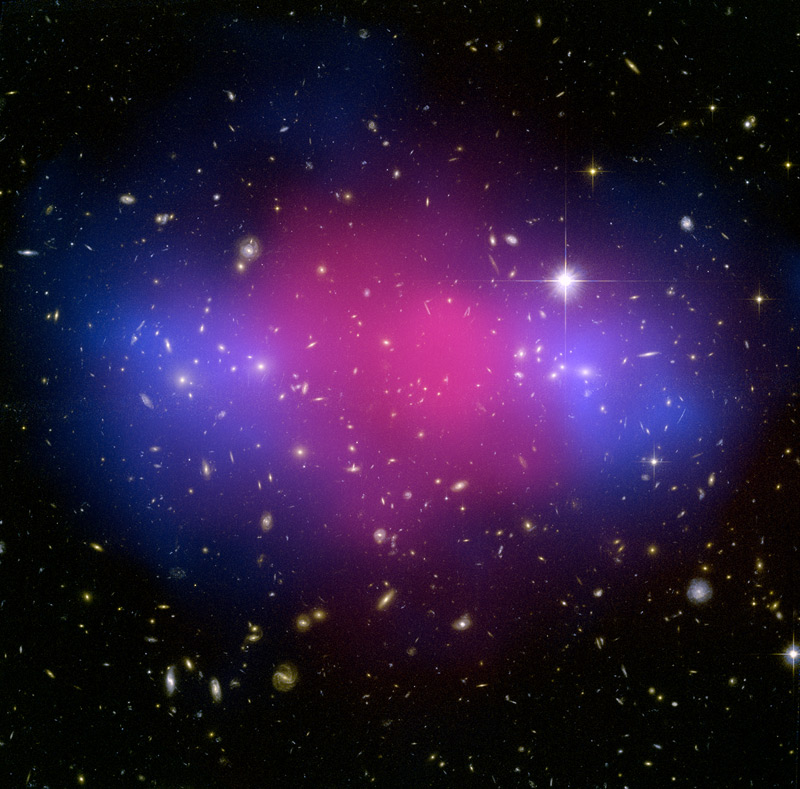The Origin and Evolution of the Universe

If you missed our program on Dark Matter and Dark Energy listen now the latest updates from the Aspen Center for Physics from Cosmologists Lisa Randall and Michael Turner or come to our fall program to learn the latest about the Universe.
